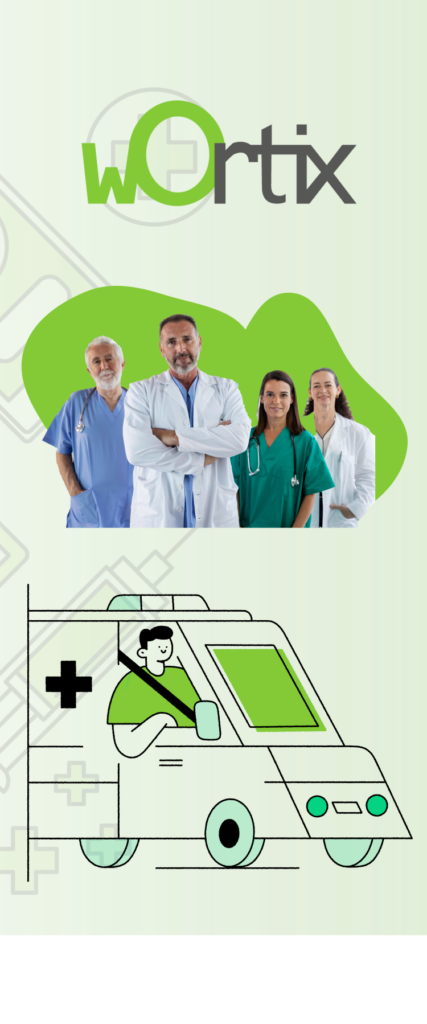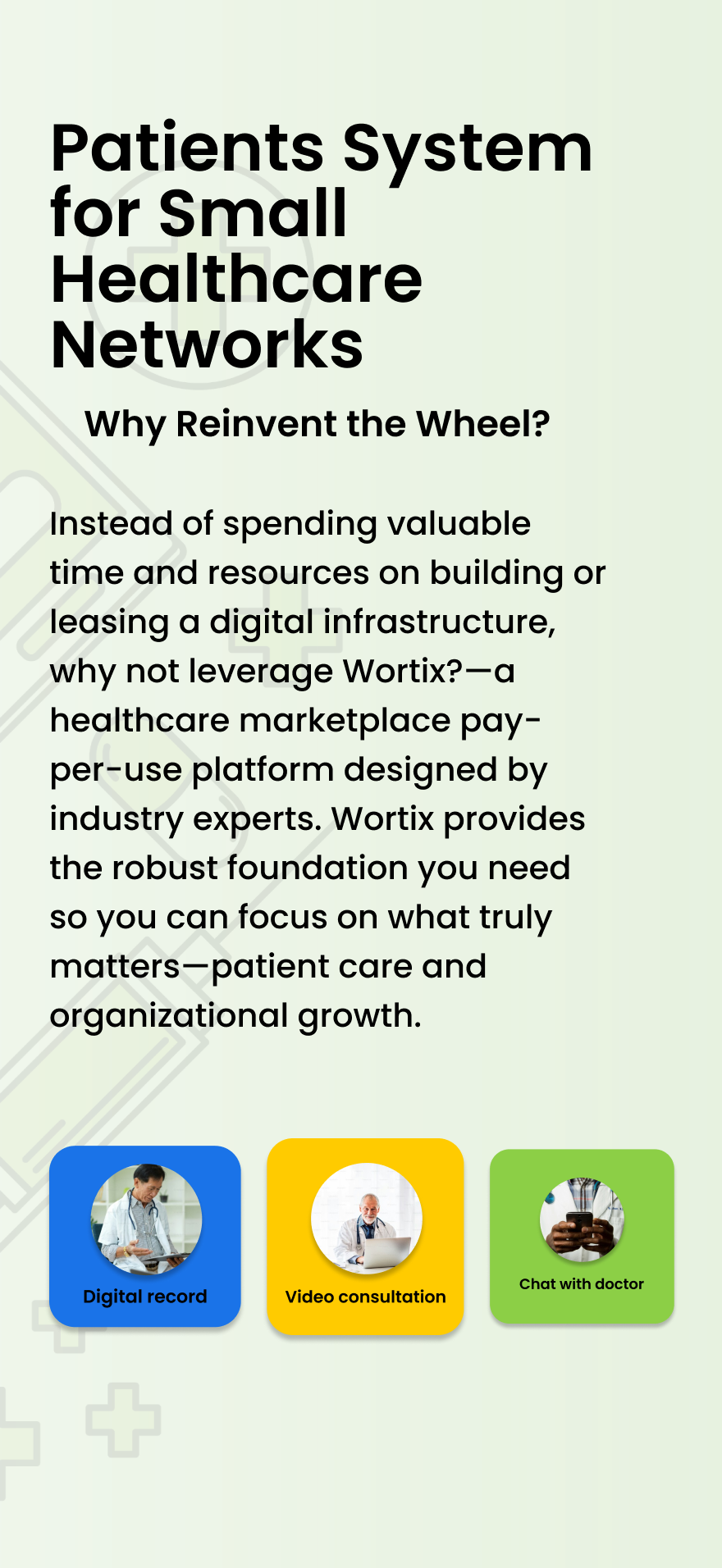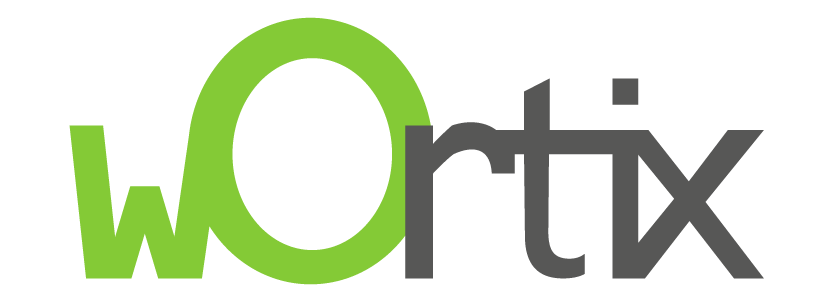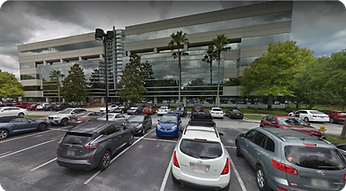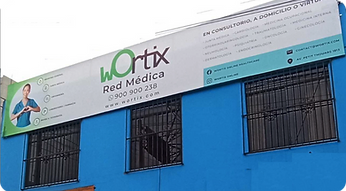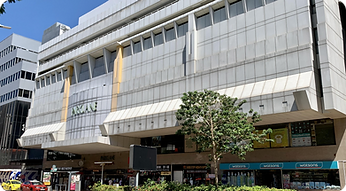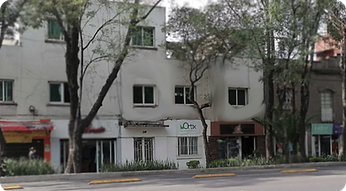The nursing area in health centers faces an increasing workload, exacerbated by higher demand for medical care and staff shortages. This article explores how technology, specifically platforms with Infrastructure as a Service (IaaS) models, can alleviate this burden. This allows healthcare professionals to focus on direct patient care and improve clinical outcomes. Our discussion will be divided into three key sections: the current situation and challenges, the role of technology in healthcare, and how IaaS can transform nursing work.
The Current Situation and Challenges in the Nursing Area
The workload overload in the nursing area is a critical issue in many health centers. Nurses face long hours, tedious administrative tasks, and increasing pressure to maintain high standards of care. These challenges not only affect the morale and well-being of nurses but also negatively impact patient care quality.
One of the main factors contributing to this overload is the increasing demand for health services. With an aging population and a rise in chronic illnesses, the workload for nurses has significantly increased. Additionally, the shortage of qualified staff aggravates the situation, leaving nurses with more patients than they can effectively manage.
Administrative tasks, although essential, also consume a large portion of nurses’ time. From documenting medical histories to managing appointments and coordinating care, these tasks often divert nurses from their primary role: providing direct, quality care to patients. Technology can play a crucial role in reducing this administrative burden, freeing up time for nurses to focus on patient care.
In a survey conducted by McKinsey & Company in collaboration with the American Nurses Foundation, approximately 30% of respondents indicated they were at least somewhat likely to leave their positions in the next six months. Among those intending to leave, the two main reasons cited were not feeling valued by their organization and not having a manageable workload.
Indeed, nurses have consistently reported that the increased workload is the primary factor behind their intention to resign. According to the results, it was estimated that between 10% and 20% of the net time during a 12-hour shift is dedicated to activities that could be optimized through technological enablement.
Investing in digital approaches that automate tasks, either fully or partially, rather than simply redistributing the workload, could potentially free up valuable time for nurses. This would enhance their efficiency and job satisfaction.
The role of technology in healthcare
Technology has proven to be an invaluable tool for improving efficiency and quality in healthcare. With the implementation of electronic health record (EHR) systems, administrative tasks have become more manageable and less prone to errors. However, much remains to be done to fully optimize the nursing workload.
Digital platforms and mobile applications have revolutionized how patient data is managed and healthcare is coordinated. These technologies allow nurses to access critical information in real-time, facilitating decision-making and improving operational efficiency. Additionally, telemedicine has enabled patients to receive medical care from the comfort of their homes, reducing the burden on healthcare facilities and allowing nurses to manage more cases remotely.
Another significant technological advancement is the use of artificial intelligence (AI) and machine learning in healthcare. These technologies can analyze large volumes of data to predict disease outbreaks, identify at-risk patients, and optimize treatment plans. By automating certain tasks and providing predictive analytics, AI can reduce the workload for nurses and improve clinical outcomes.

Transforming nursing work with infrastructure as a service (IaaS)
Infrastructure as a Service (IaaS) represents an innovative opportunity to transform nursing work. This model allows health centers to use scalable and flexible IT resources without the need to maintain physical infrastructure. Through IaaS, health centers can implement online healthcare platforms that optimize resource management and improve operational efficiency.
One of the main advantages of IaaS is the ability to scale resources according to demand. This is particularly useful in emergency situations or during peaks in health service demand. Health centers can increase or decrease their processing and storage capacity without disruptions, ensuring nurses have continuous access to the necessary tools and data for their work.
Additionally, IaaS-based platforms can integrate multiple functions into a single system, simplifying the management of administrative and clinical tasks. For example, an online healthcare platform can include modules for appointment scheduling, medical record management, telemedicine, and secure communication among medical staff. By centralizing these functions, nurses can reduce the time spent on administrative tasks and focus on direct patient care.
The security and privacy of data are also critical aspects of using health technologies. IaaS solutions offer high levels of security, with advanced protocols to protect patient information. This not only complies with privacy regulations but also provides peace of mind to healthcare professionals, allowing them to concentrate on their work without additional concerns.
Adopting IaaS also facilitates the implementation of advanced analytics and AI tools. These technologies can help predict the demand for health services, identify patterns in patient data, and improve clinical decision-making. For example, AI algorithms can analyze medical records to detect trends indicating a patient’s health deterioration, allowing for early and proactive interventions.
Finally, continuous training and support are essential to maximize the benefits of IaaS-based platforms. This is the case with Wortix, an IaaS provider offering training and technical support, ensuring healthcare staff are well-equipped to use these tools effectively. This approach not only enhances staff competence but also increases the adoption and efficient use of technology in the workplace.
Final Reflections
Rethinking the workload in the nursing area is essential to improve the quality of healthcare and the well-being of staff. Technology, particularly platforms based on Infrastructure as a Service (IaaS), offers innovative solutions to address these challenges. By adopting IaaS, health centers can optimize resource management, reduce administrative tasks, and improve operational efficiency.
It is crucial for health centers, doctors, and nurses to consider these technologies as an investment in the future of healthcare. With proper implementation and continuous support, IaaS can transform how healthcare is delivered, freeing up time for nurses to focus on what they do best: caring for patients. This transformation will not only benefit healthcare staff but also improve clinical outcomes and patient satisfaction, ensuring a more efficient and sustainable.
We invite all interested parties to explore how IaaS solutions can be integrated into their practices and improve operational efficiency. For more information on how we can help optimize healthcare, visit our website at Wortix. We are here to support your transition to a more efficient and economically sustainable healthcare system.

